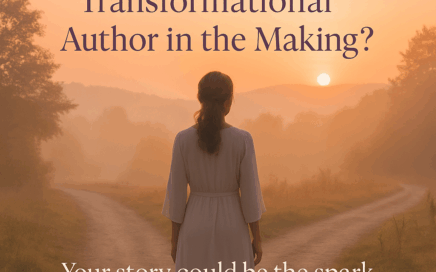
Are You a Mission-Driven Woman and a Transformational Author in the Making?
Transformational Author in the Making? Have you ever felt like the chapters of your life were leading you somewhere deeper—but you weren’t quite sure where? That’s exactly how I felt over a decade ago, sitting in on the final session of a powerful Transformational Author Experience facilitated by Christine Kloser[1]. It was as if the […]